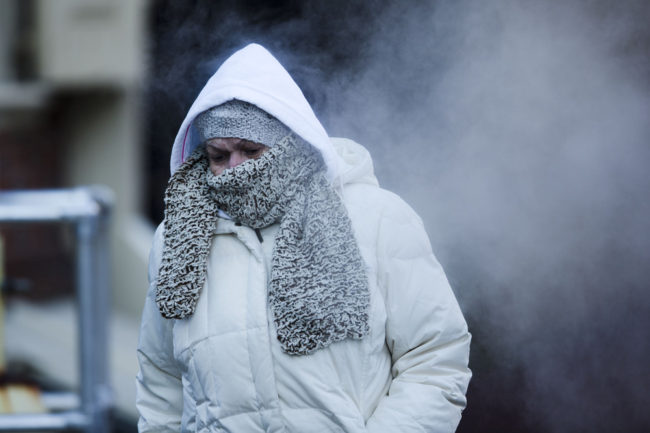
Cold wave caused 76 times more deaths than heat; expect more chill in Jan, Feb

As the northern states of India gear up for a fresh cold wave in the coming three days, scientists have forecast that January and February this year will witness many more chilly days, mainly because of La Nina that has been emerging in the Pacific Ocean. La Nina conditions are considered favourable for the occurrence of cold waves over India, Pakistan and Nepal.
Gradual rise in cold days
As a matter of fact, cold days have been increasing steadily over the years. The India Meteorological Department (IMD) has recorded a 2.5 times rise in the number of cold wave days between 2017 and 2020. In 2018, India experienced 63 days of cold waves, which went up to 103 in 2019 and dipped slightly to 99 days in 2020.
In January 2021, the average monthly maximum temperature in north India was below normal by 2-4 degrees Celsius. Besides, the average monthly minimum temperature in the region was lower than that of 2019 and 2020.
The average monthly maximum temperatures in January 2021 were below normal by 2-4 degrees Celsius across the Indo-Gangetic plain, Punjab and Haryana.
Cold kills more than heat
Cold waves have killed more Indians than heat waves between the years 1980 and 2018.
In fact, in 2020, human casualties due to cold waves were 76 times more than those due to heat waves, the Down to Earth reported, quoting IMD records. The year 2020 is the worst so far in terms of cold wave deaths. Earlier, in 2011, nearly 60-times more deaths were recorded in comparison to heat waves.
In 2020, 152 people died due to cold waves, as compared to two due to heat waves. This huge difference between deaths due to cold and hot waves in 2020 was the highest in 20 years, an environment ministry report stated.
Only two deaths due to heat wave in 2020 is largely attributed to nationwide COVID lockdown declared in March, which went on till the end of May.
Cold wave action plan in cold storage
That cold is a far bigger killer than heat is evident from the fact that cold waves are directly associated with coronary heart diseases, cerebro-vascular accidents and respiratory diseases, says the World Health Organisation (WHO).
Also read: Explainer: What is a cold wave & what triggers them in north-west India?
In January last year, during the peak of farmers’ agitation in Delhi, about 120 protesting farmers lost their lives. The main reason for their deaths is said to be extreme cold, a theory substantiated by the Sanyukta Kisan Morcha, the umbrella organisation of farmer groups opposed to the farm laws then.
“While India recognised cold wave as a disaster in 2012, no action plan was laid for states to deal effectively with the condition in states that are worst affected,” major-general Manoj Kumar Bindal, executive-director, National Institute of Disaster Management (NIDM), told Down To Earth.
Bindal said the country needs a cold wave action plan to improve mitigation and preparedness measures in states like Jammu & Kashmir, Punjab, Haryana among others.
There is an urgent need for well-chalked out plans at the national, state, district and local levels to help the urban poor, who are the worst affected by cold waves.


